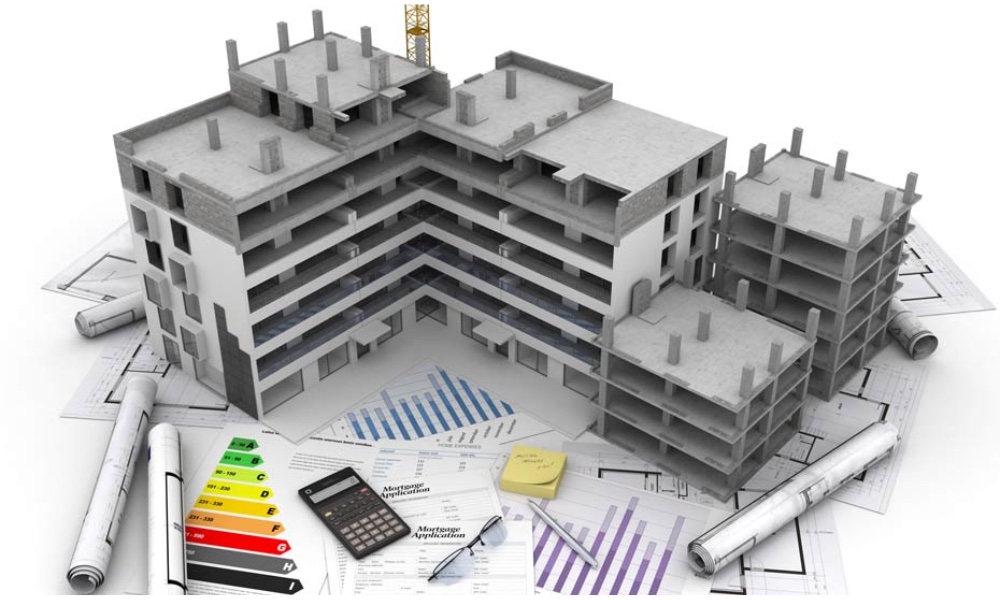
Understanding SBEM Calculations for Energy Efficiency in Buildings
ATSPACE / 25-07-2023Trusted by 9K+ businesses



In the realm of sustainable construction, complying with energy efficiency regulations is of paramount importance. The Standard Assessment Procedure for Energy Rating of Dwellings (SAP) and Simplified Building Energy Model (SBEM) are key methods used in the UK to assess and rate the energy performance of buildings. In this blog post, we will focus on SBEM calculations, exploring their significance, the key parameters involved, and how they contribute to creating environmentally friendly buildings.
What is SBEM? SBEM is a software tool developed by the UK government to evaluate the energy usage and carbon emissions of non-domestic buildings. It is used for new constructions as well as major renovations and conversions. SBEM calculations assess factors such as building fabric, heating and cooling systems, lighting, and renewable energy sources, among others.
The Importance of SBEM Calculations: SBEM calculations play a vital role in achieving energy efficiency goals and reducing carbon emissions in the built environment. By accurately modelling a building's energy performance, architects, engineers, and designers can make informed decisions to optimise energy consumption and meet regulatory requirements. These calculations also provide insights into potential cost savings and help identify opportunities for incorporating renewable energy technologies.
Key Parameters in SBEM Calculations:
Building Geometry: The shape, size, and orientation of a building significantly impact its energy performance. SBEM takes into account parameters such as floor area, volume, window area, and thermal bridging to calculate the building's heat loss and gain.
Building Fabric: The insulation properties of walls, roofs, floors, and glazing determine how much heat is lost or gained. SBEM considers insulation thickness, U-values, air permeability, and solar heat gain to assess the overall thermal performance of the building envelope.
Heating and Cooling Systems: SBEM evaluates the energy efficiency of the building's heating, ventilation, and air conditioning (HVAC) systems. Parameters such as boiler efficiency, heat recovery, and system controls are taken into account to estimate the energy required for space heating, cooling, and ventilation.
Lighting: The lighting design and efficiency have a significant impact on energy consumption. SBEM considers factors such as lighting power density, control systems, and natural lighting to assess the energy usage of artificial lighting.
Renewable Energy: SBEM encourages the integration of renewable energy sources like solar panels, wind turbines, or heat pumps. The software calculates the contribution of these systems to the overall energy demand and reduces the building's reliance on fossil fuels.
Conclusion:
SBEM calculations are an essential tool in promoting energy-efficient buildings and reducing carbon emissions. By considering parameters such as building geometry, fabric, heating and cooling systems, lighting, and renewable energy, SBEM helps professionals make informed decisions about energy optimisation during the design and construction phases. By complying with SBEM requirements, buildings can achieve higher energy ratings and contribute to a more sustainable future.
